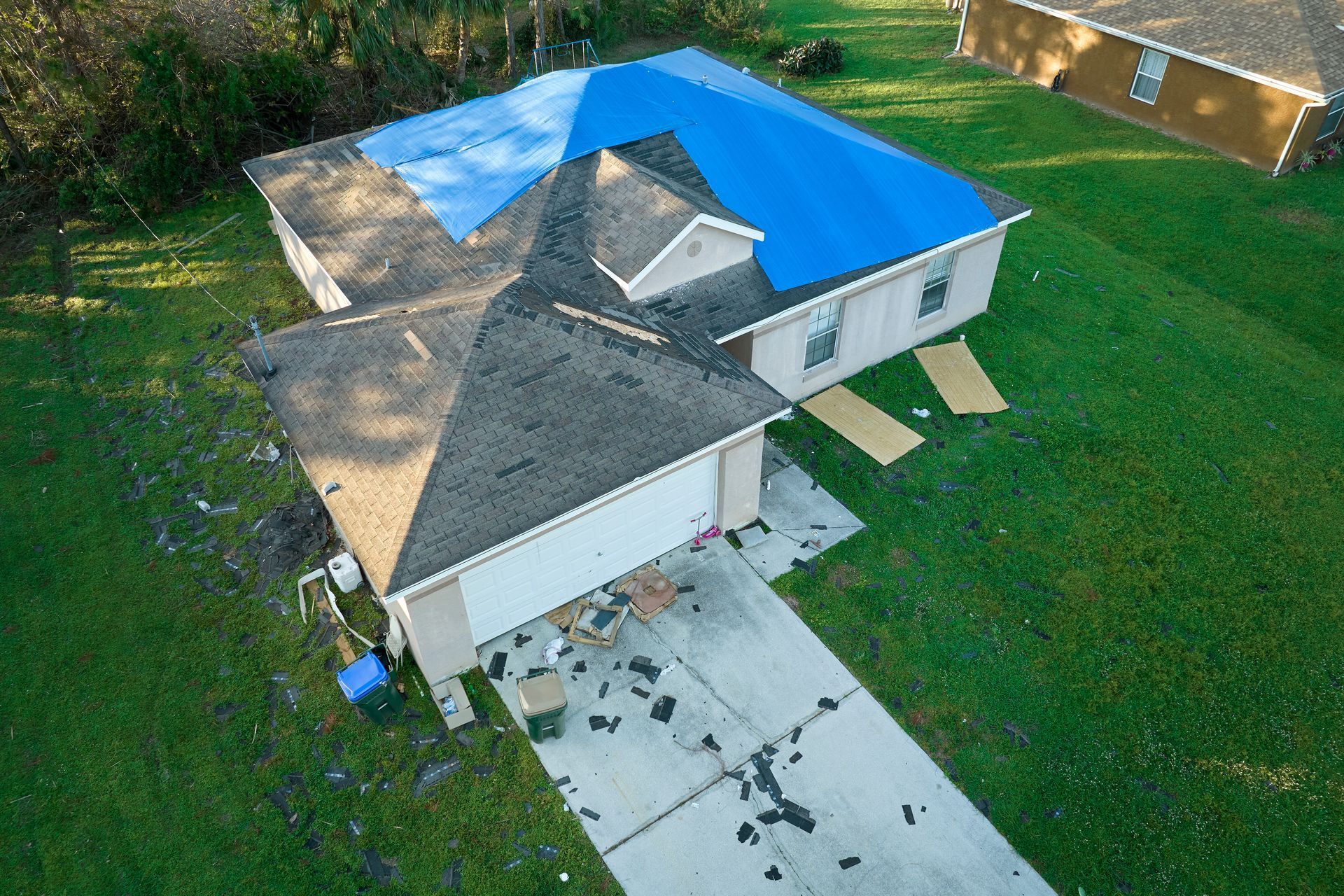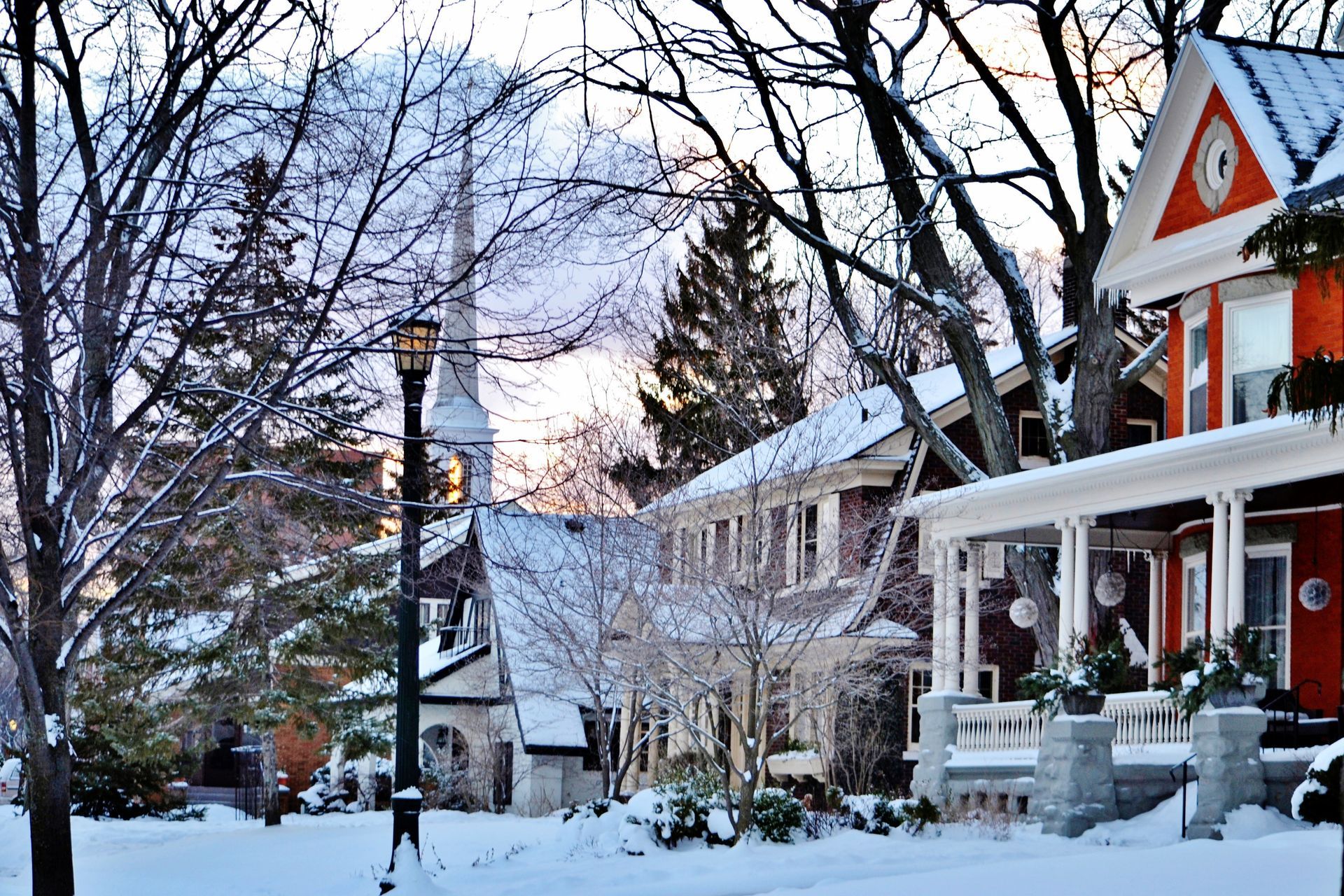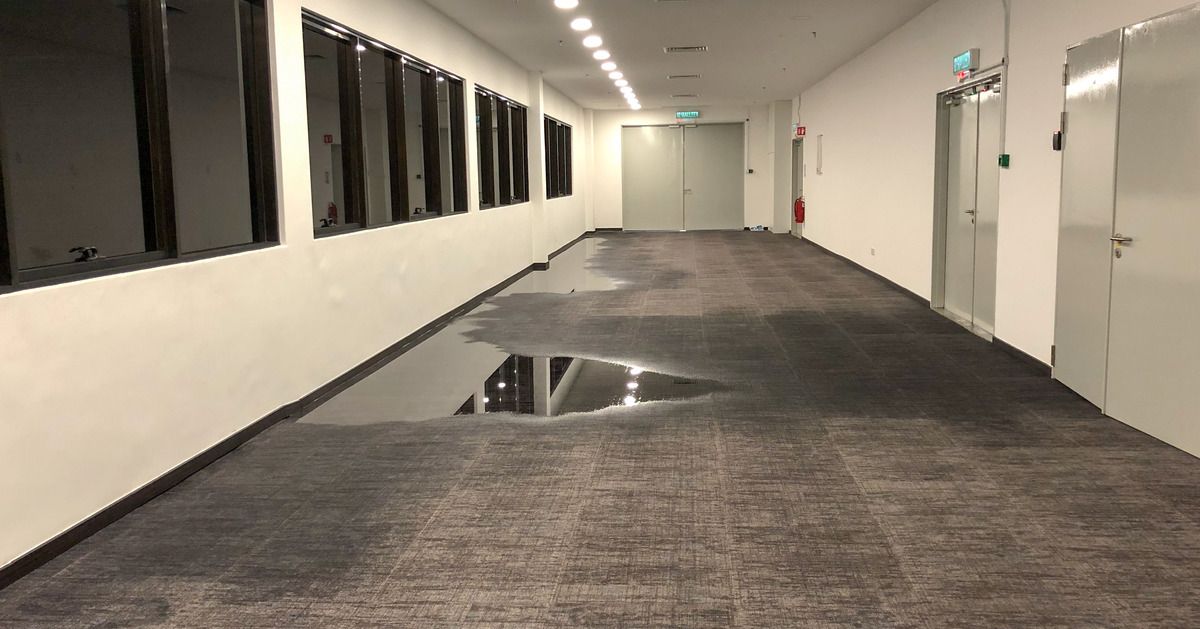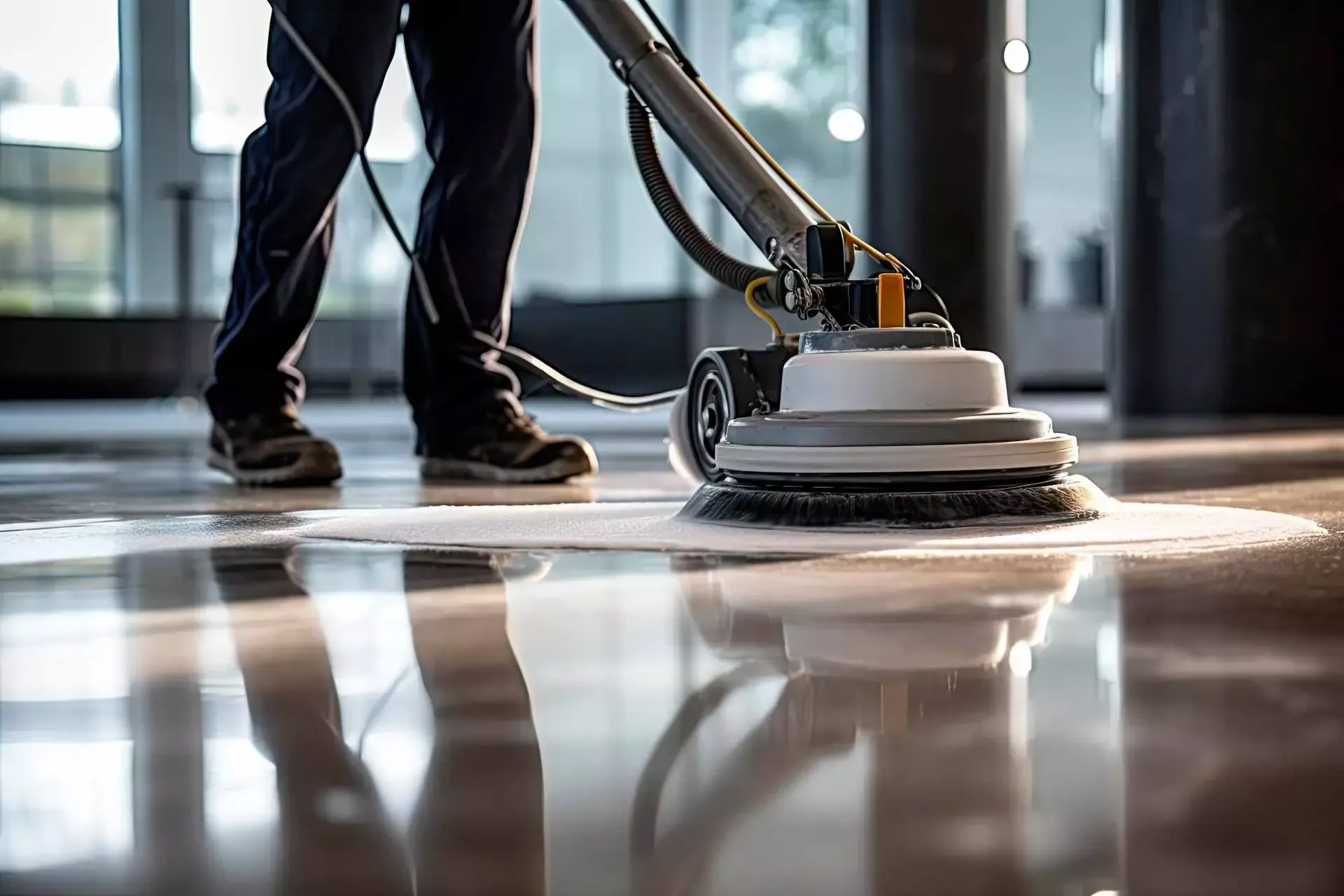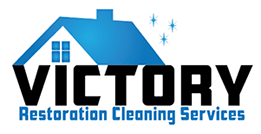What to Do If You Find Mold in Your House: A No-Nonsense Guide
A No-Nonsense Guide
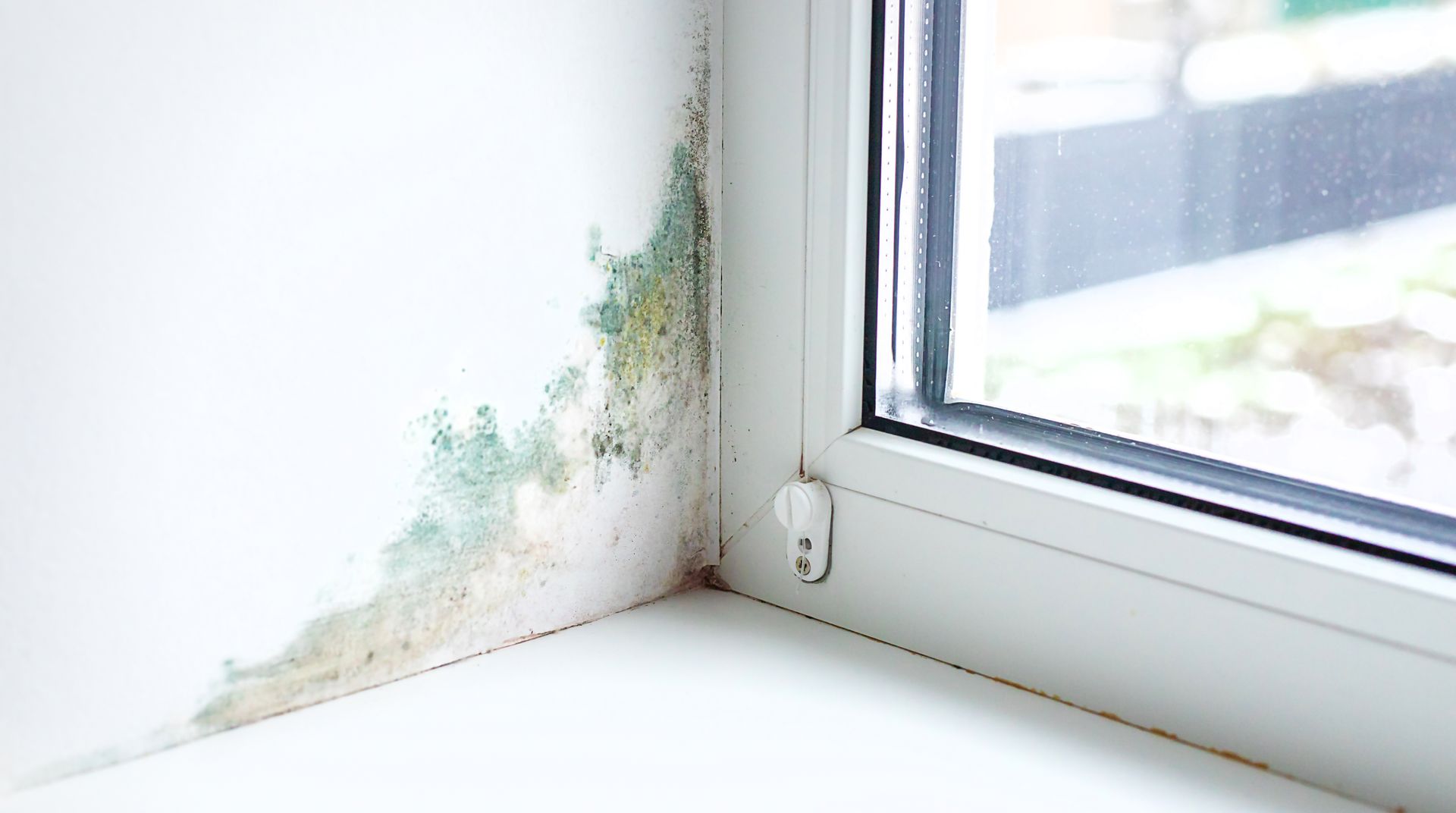
Found mold in your house? Don't panic, but act fast.
I've been there, and it's no fun. Let's tackle this head-on.
Here's what to do if you find mold in your house, from someone who's battled it before.
What to Do If You Find Mold in Your House: A No-Nonsense Guide
Let's chat about that nasty stuff we all dread: mold.
Finding mold in your house can be a real pain to say the least!
But don't worry, I've got your back.
I've dealt with this problem myself, and I'm here to share some straight-up advice.
Let's dive in and tackle this mold situation head-on.
First Things First: Don't Panic
Look, finding mold isn't the end of the world.
It's common, and there are ways to deal with it.
Take a deep breath, and let's get to work.
Identify the Mold
Before you go all Rambo on the mold, you need to know what you're dealing with.
Is it just a small patch on your bathroom ceiling?
Or is it a full-blown invasion in your basement?
The size and location matter, trust me.
Get Your Detective Hat On: Find the Source
Mold doesn't just appear out of nowhere.
It needs moisture to grow.
So, put on your Sherlock Holmes hat and find that water source.
Could be a leaky pipe, poor ventilation, or even flood damage.
Fix the root cause, or you'll be fighting a losing battle.
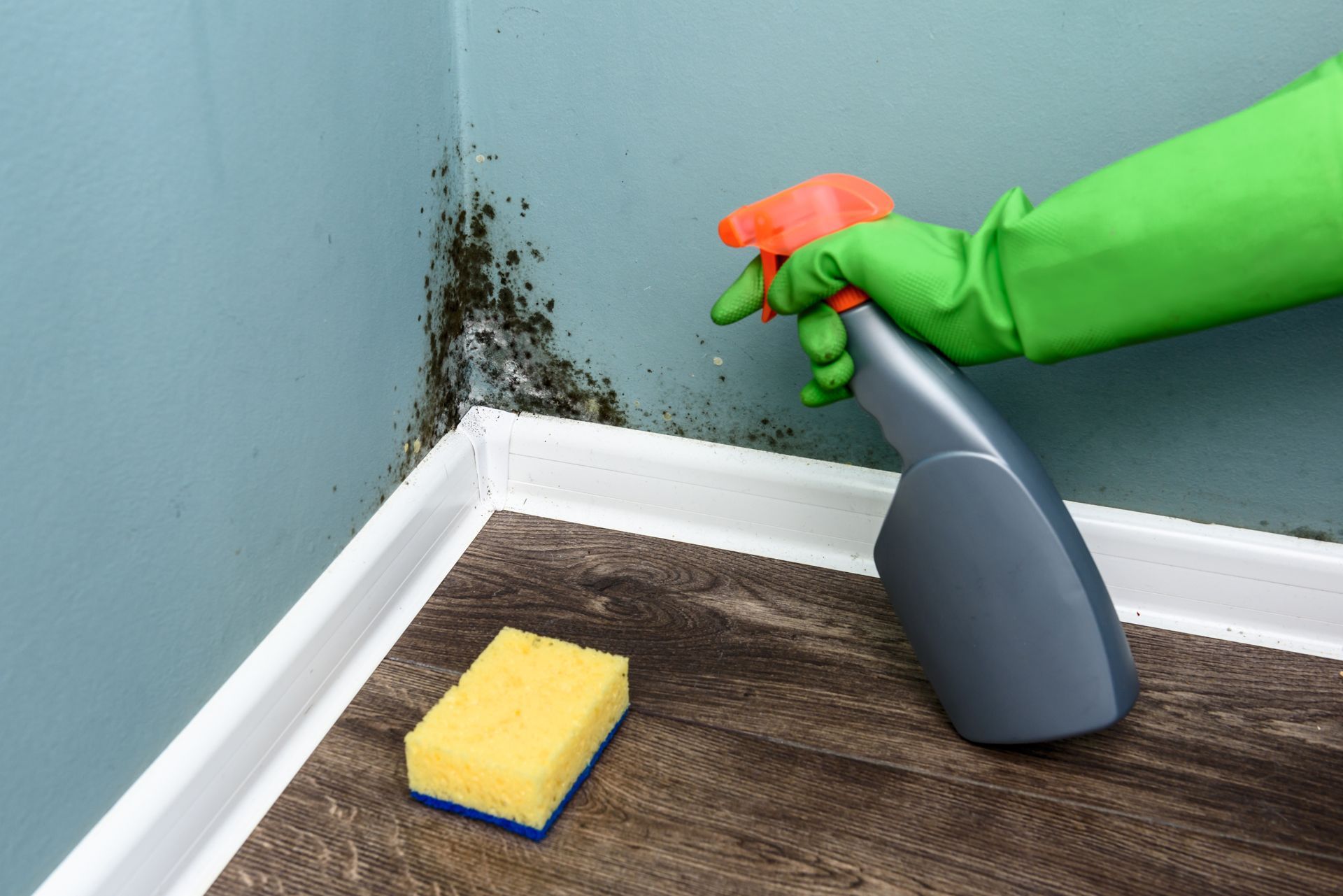
Time to Gear Up
Don't just grab a sponge and start scrubbing.
Mold can be nasty stuff, especially for your lungs.
Get yourself some proper gear:
• Gloves
• Mask (N-95 respirator if possible)
• Eye protection
• Old clothes you don't mind trashing after
Safety first, folks. This isn't the time to cut corners.
The Clean-Up: Roll Up Those Sleeves
For small areas (less than about 1 square yard):
1. Mix some detergent and water
2. Scrub the mold off hard surfaces
3. Dry the area completely
For bigger problems, you might need to call in the pros.
No shame in that game – sometimes it's the smartest move.
Porous Materials: Know When to Let Go
Got mold on carpets, drywall, or wooden stuff?
Might be time to say goodbye.
These materials soak up mold like a sponge, making them tough to clean.
Better to replace than risk ongoing issues.
Prevention: Keep That Mold at Bay
Once you've won the battle, you want to win the war.
Here's how to keep mold from coming back:
• Fix leaks pronto
• Keep humidity low (get a dehumidifier if needed)
• Improve ventilation (especially in bathrooms and kitchens)
• Don't let wet stuff linger (looking at you, damp towels)
Mold Testing: Worth It or Not?
Some folks swear by professional mold testing.
In my experience, if you can see or smell mold, you've got mold.
Save your money for the clean-up instead.
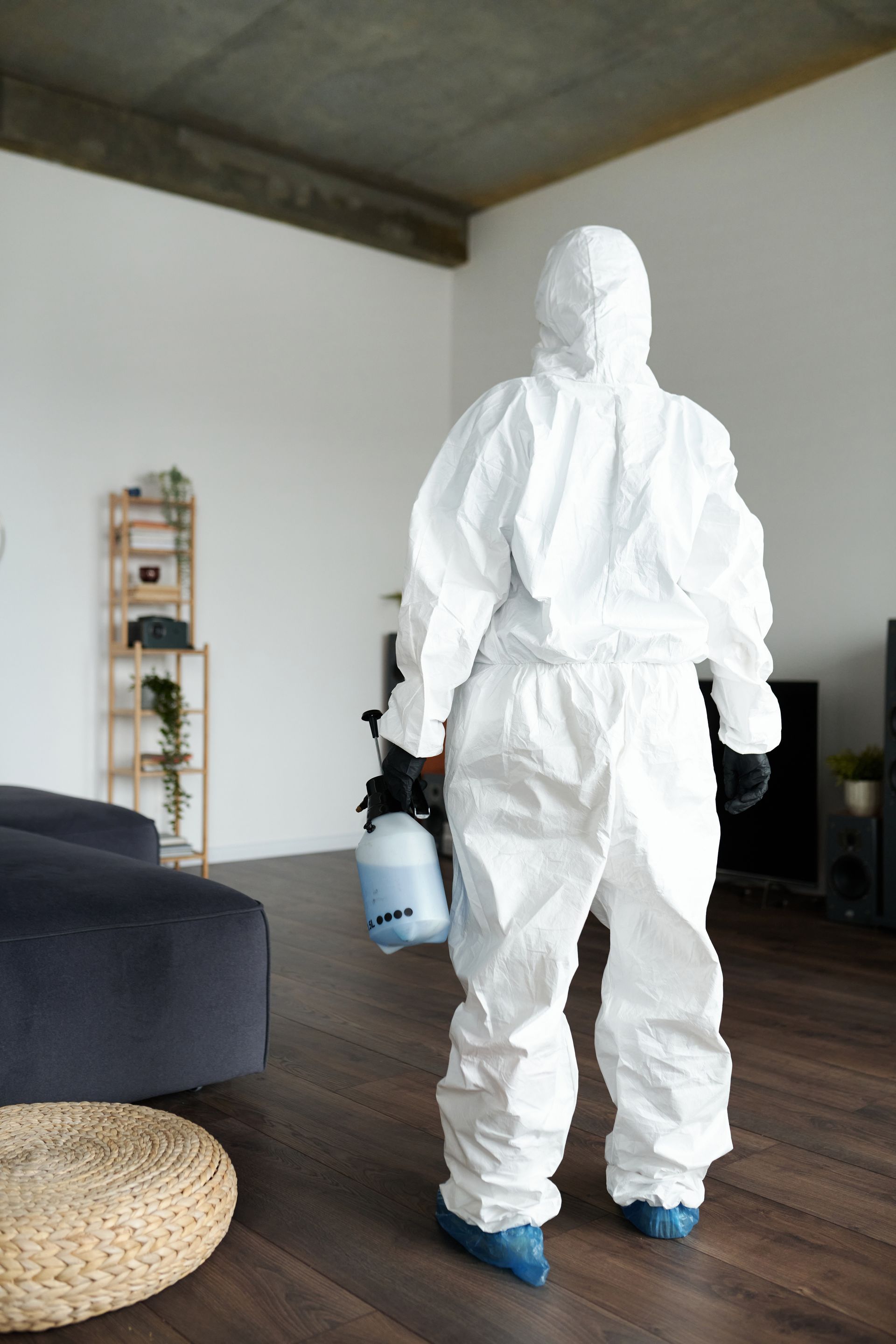
When to Call in the Cavalry
Sometimes, DIY just won't cut it.
Call in pros if:
• The mold covers a large area
• You've got health issues that could be made worse
• There's mold in your HVAC system
No heroics needed – sometimes it's smarter to let experts handle it.
Wrapping It Up
Finding mold in your house isn't fun, but it's not the end of the world.
Stay calm, identify the problem, gear up, and tackle it head-on.
Remember: fix the source, clean thoroughly, and prevent future growth.
You've got this!
FAQs:
Q: Can I just paint over mold?
A: Nope, that's like putting a plaster on a broken leg. Clean it properly first.
Q: Is black mold really more dangerous than other types?
A: Any mold can be problematic. Don't get hung up on the color.
Q: How quickly does mold grow after water damage?
A: It can start in as little as 24-48 hours. Time is of the essence!
Q: Can mold come back after cleaning?
A: If you don't fix the moisture problem, absolutely.
Q: Should I use bleach to clean mold?
A: It works on non-porous surfaces, but for most cases, detergent and water do the trick.
There you have it – your guide to tackling mold like a pro.
Remember, a dry home is a happy home.
Keep fighting the good fight against mold, and your house will thank you for it.
Catch you in the next post!


